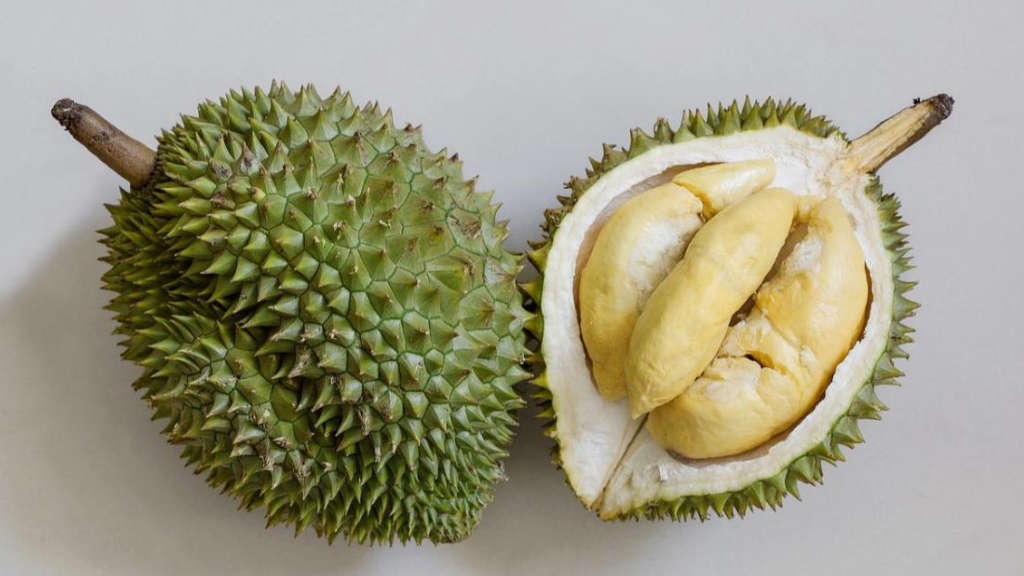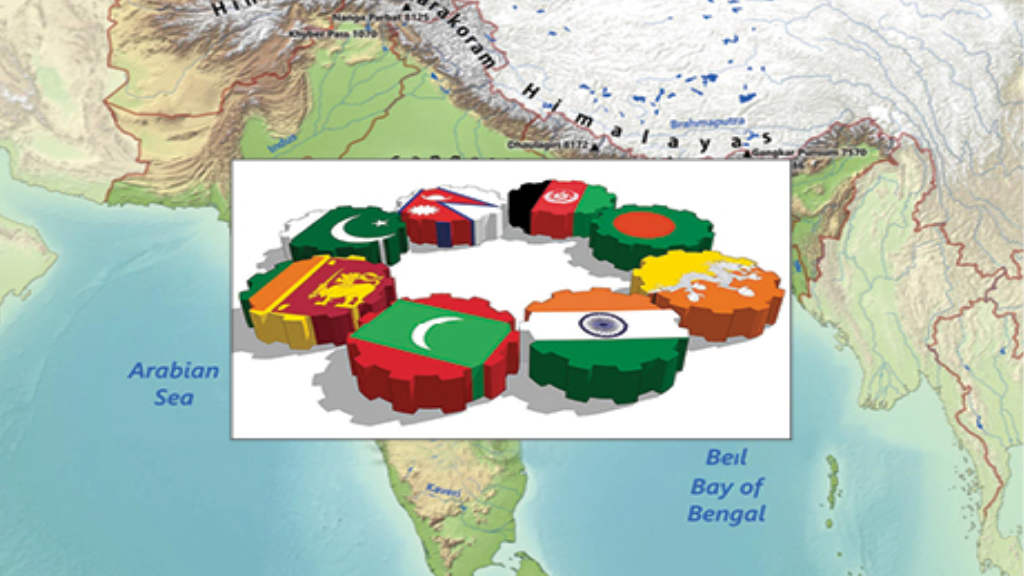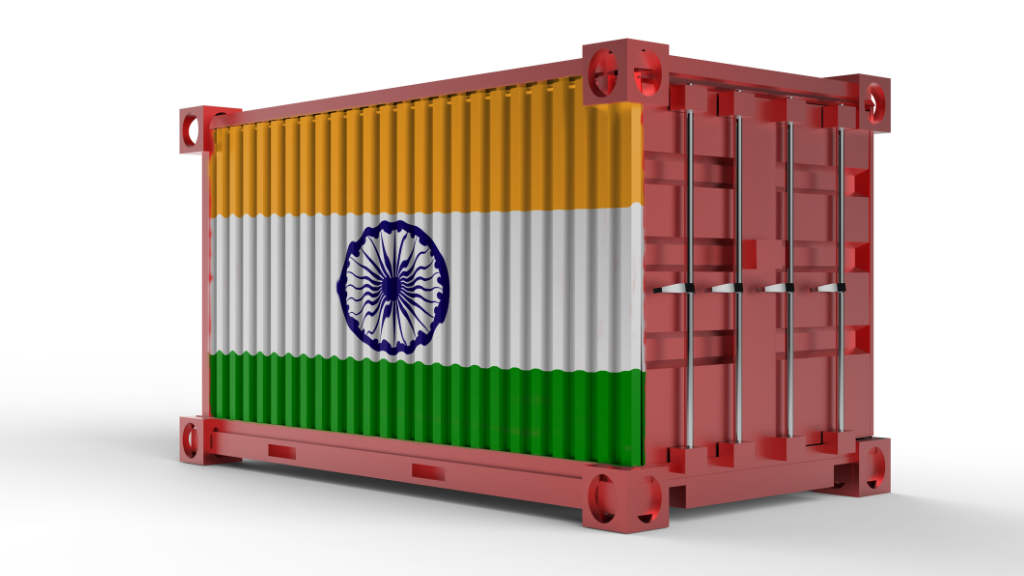The Russian President Vladimir Putin has met with Yemeni President Rashad Mohammad al-Alimi in Moscow. Al-Alimi is in Russia on an official visit.
Putin said that “Relations between our countries were established long ago and have always been friendly. We established diplomatic relations in 1928. Our embassy in your country is reopening now. I would like to point out that our cooperation has been very active all these years, for nearly a century. Our specialists helped build numerous industrial and infrastructure facilities in Yemen, including the deep-water port, which continues to work effectively.
In terms of the development of our trade and economic ties, these are developing well with Yemen. Overall, we are satisfied with the volume of our trade, which stands at about US$400 million. There are several promising spheres, in particular, agriculture, fishing, mining, and energy. In other words, there are enough topics for discussion. We have high hopes for the early resumption of the work of Intergovernmental Commission on trade, economic, and scientific and technical cooperation.
The training of personnel is another important sphere of our cooperation. Approximately 1,500 Yemenis are studying in Russia; 400 of them are receiving budget-supported education. We regard this cooperation as very important not only because of its clearly humanitarian nature or that it helps train personnel, but also because this is creating conditions for communication between our people, which is extremely important for our interaction in all the other spheres I have mentioned.”
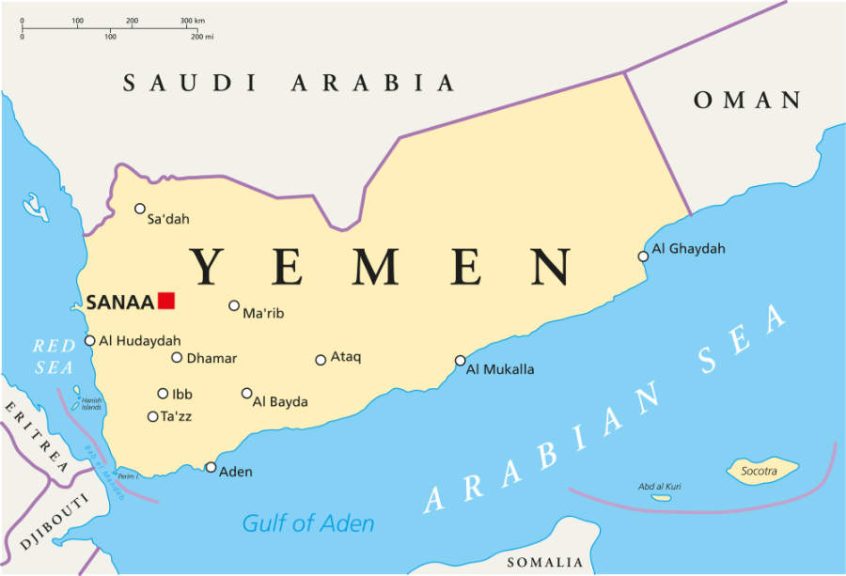
President al-Alimi said: “Thank you for your support of Yemen’s legitimate government. Following the coup orchestrated by the Houthis with Iranian backing, Russia’s stance in the Security Council and across international platforms has consistently upheld constitutional legitimacy while promoting Yemen’s development and prosperity.
We are committed to developing our cooperation further, which already spans almost a century, and we are determined to work towards celebrating 100 years of our diplomatic relations in the coming years. Our bilateral ties have made significant progress in recent years. We want Russia to assist us in restoring peace, stability, and security in Yemen, and in reestablishing a normal functioning republic. We oppose the militarisation of the Red Sea and the deterioration of relations with neighbouring countries.
Mr President, we are committed to expanding cooperation across all sectors. Thank you for the support provided to our students and to our community, including those who fled the country following the Houthi coup. We also know that many Yemeni citizens have Russian spouses and children, which is another significant factor. We also wish to see the Russian Embassy in Aden reopen shortly. Our efforts are focused on rebuilding state institutions, which will contribute to restoring peace.
We are grateful to Saudi Arabia for its efforts to support peace in our country. Unfortunately, the Houthi movement staged a coup. We still believe in peace and in the restoration of stability.
Russia-Yemen relations demonstrate that we have numerous joint projects, including hospitals built by the USSR. There are tens of thousands of alumni of Russian universities, including our Defence Minister, who graduated from a Soviet military academy. One of my delegation members is also a Russian alumnus.”
Yemen Overview
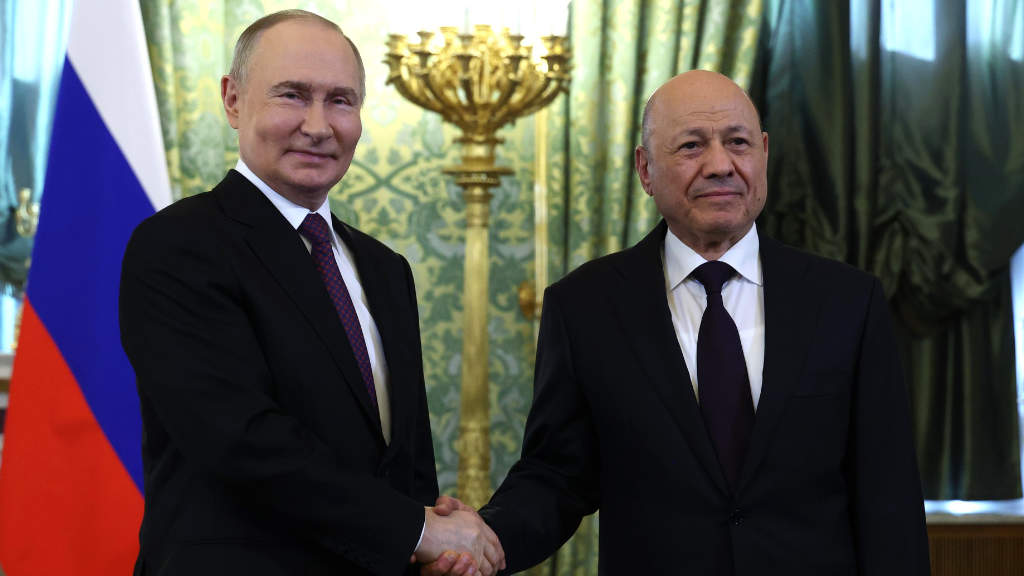
Yemen is on the southern tip of the Arabian Peninsula, along important trade routes between the Red Sea and the Gulf of Aden.
Despite facing challenges due to ongoing conflicts, Yemen’s economy continues to be driven by key sectors that provide both employment and government revenue. The economy remains heavily reliant on its primary industries. The oil and gas sector remains the cornerstone of the economy, contributing approximately 30-40% of GDP and accounting for over 70% of government revenues.
The Hadhramaut region, which produces around 260,000 barrels of oil per day, continues to be a key source of output, with productive fields like Al Maseelah. Agriculture is another significant sector, providing employment for about 54% of the labor force. Key agricultural products include wheat, barley, fruits, and vegetables, although the sector struggles due to water scarcity and ongoing conflict.
Yemen’s fishing industry also plays a crucial role, particularly in terms of domestic consumption and exports. There are efforts to enhance market access and boost the growth of the fisheries sector. Yemen’s manufacturing industry, though smaller, includes food processing, cement production, and textiles, with food processing being the most important contributor, followed by construction.
Yemen benefits from various trade preferences, enhancing its market access. Under the European Union’s Everything But Arms (EBA) scheme, Yemen enjoys duty-free and quota-free access to the EU Single Market for all products, except arms. Additionally, Yemen is a beneficiary of the U.S. Generalized System of Preferences (GSP) and enjoys 100% duty-free access in Australia under the Australian System of Tariff Preferences. Other countries offering preferential treatment include Turkey, Switzerland, Canada, and New Zealand, each with varying duty-free access under their respective GSP schemes. On the regional and multilateral front, Yemen is a member of the World Trade Organization (WTO) since 2014, committed to global trade rules. Yemen is also part of the Greater Arab Free Trade Area (GAFTA), which seeks to reduce tariffs and trade barriers among member states.
With a population of around 40.58 million , Yemen’s GDP (PPP) stands at approximately US$2.1 billion, with a GDP per capita (PPP) of US$2,095. The economy is projected to contract by 1.5% in 2025.
Yemen’s imports from Russia are dominated by cereals, accounting for about 2/3 of the total US$400 million in bilateral trade. Other imports included mineral fuels, paper, and pharmaceutical products. Yemen’s primary export to Russia is coffee.
Further Reading



